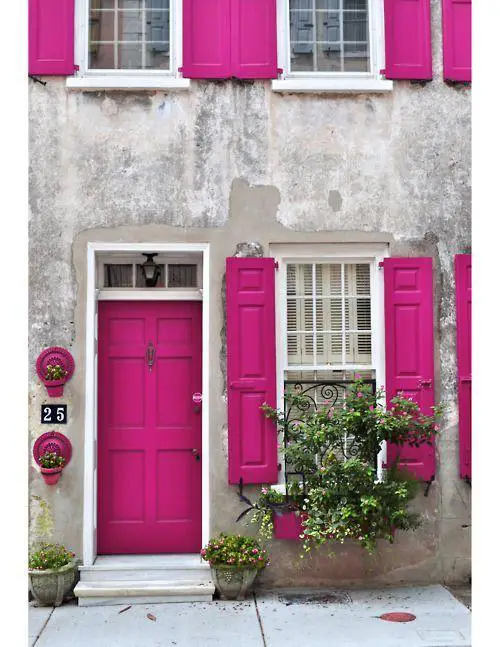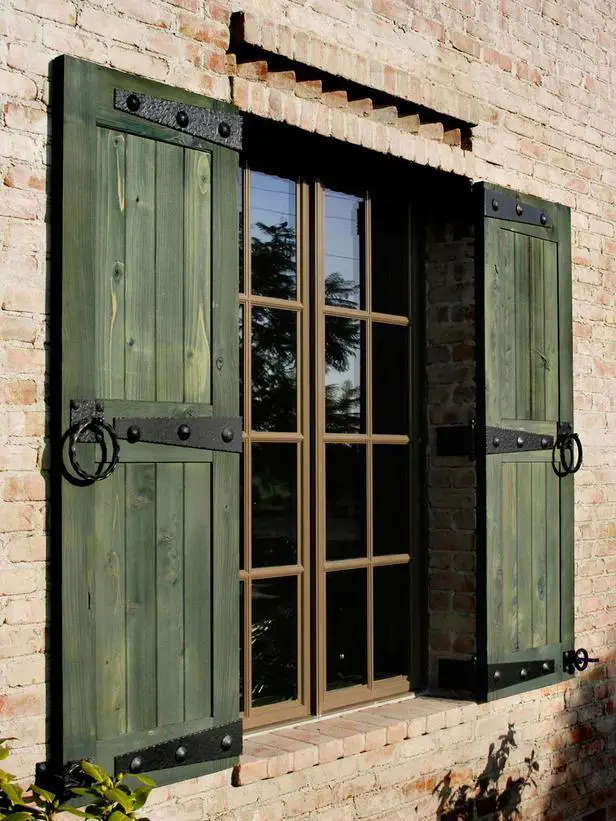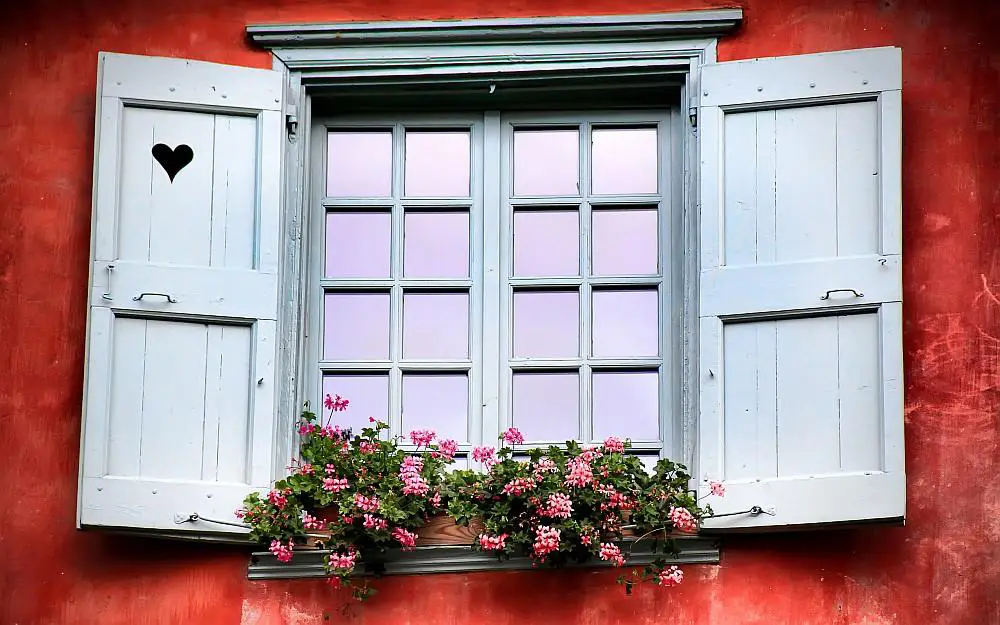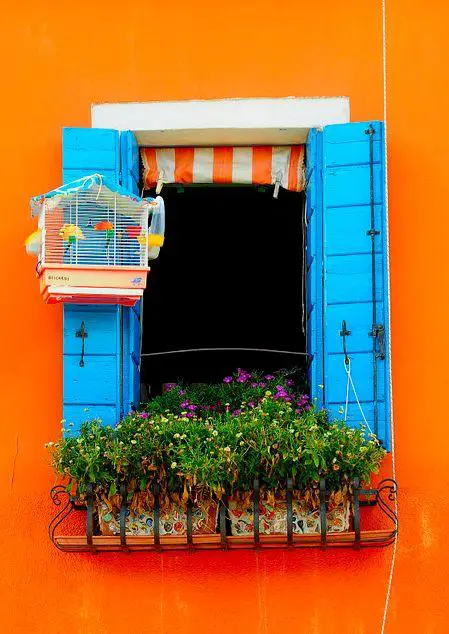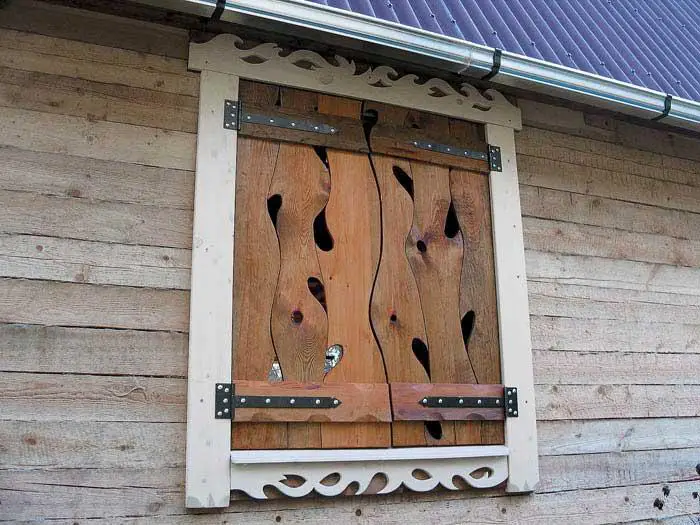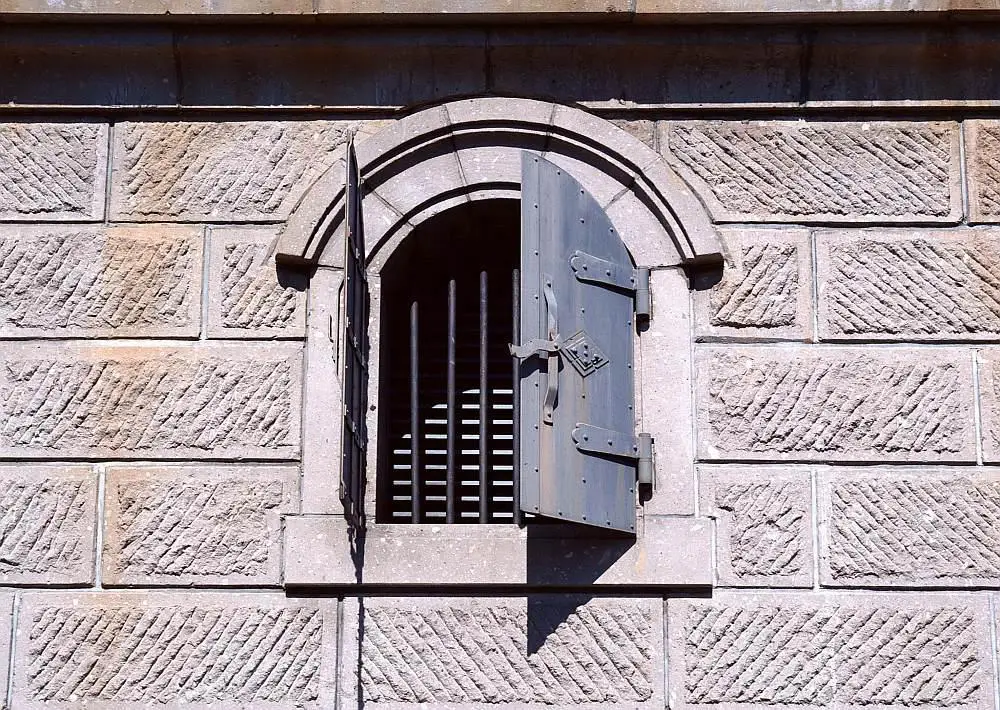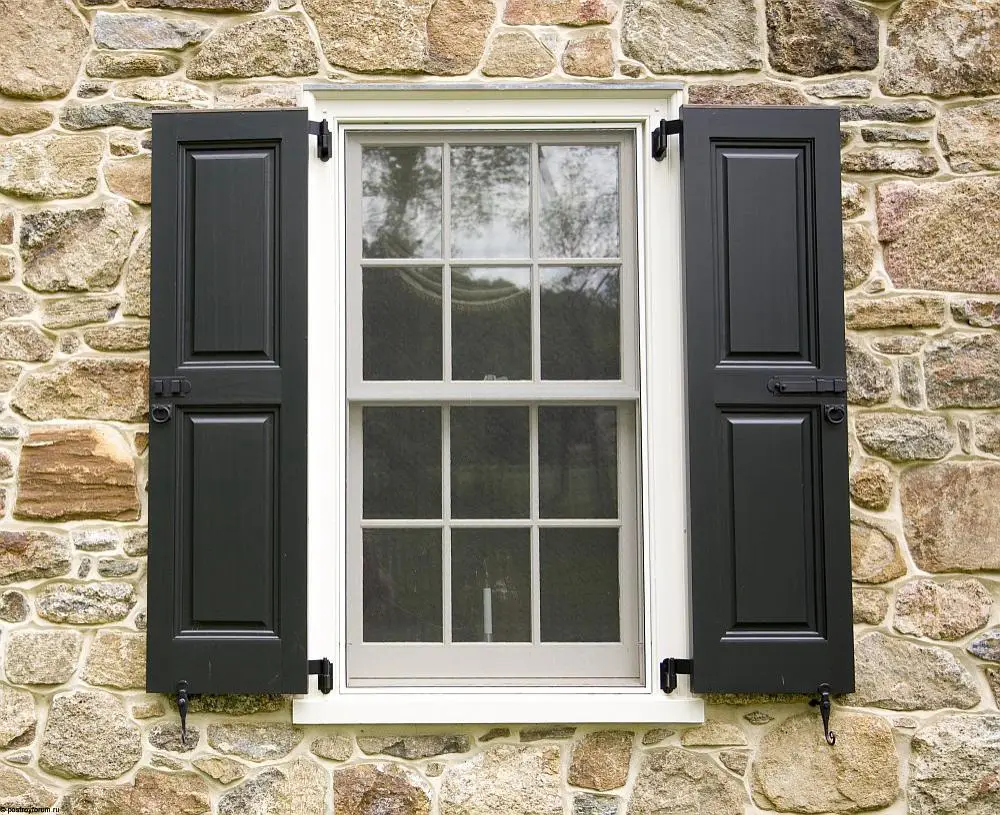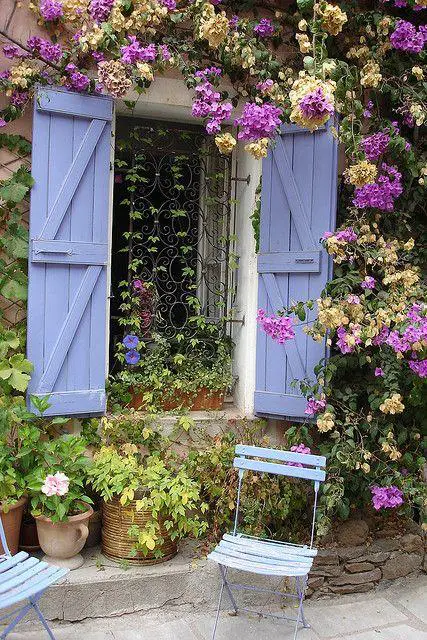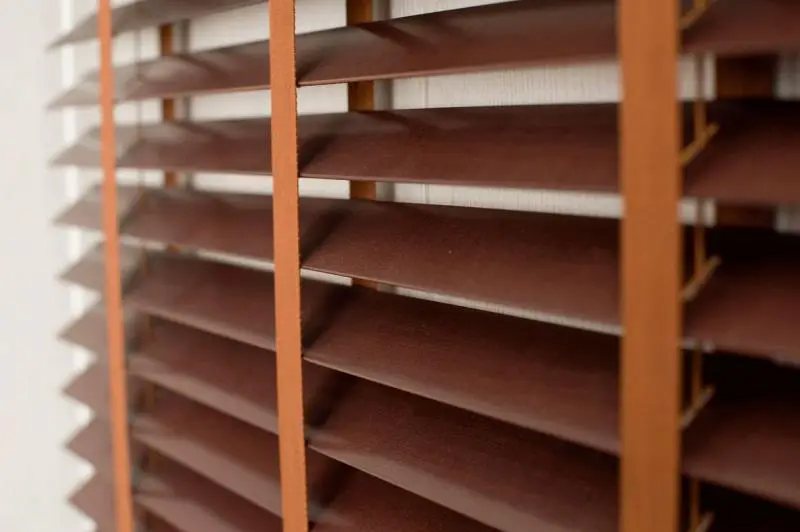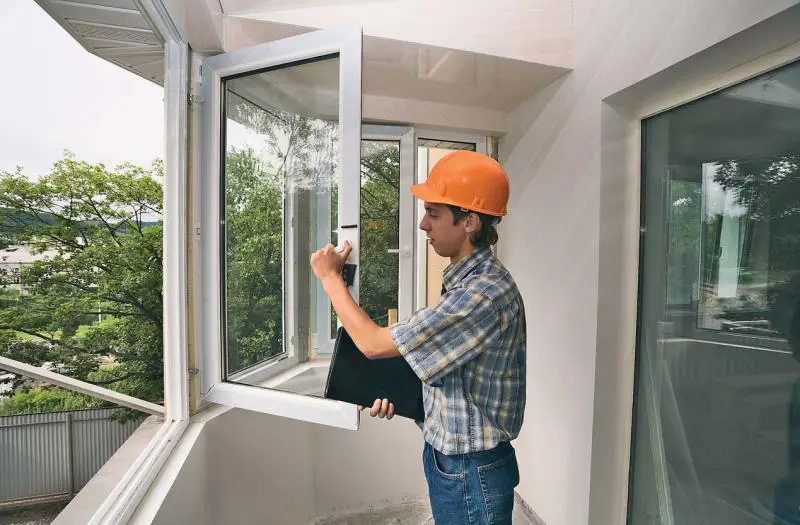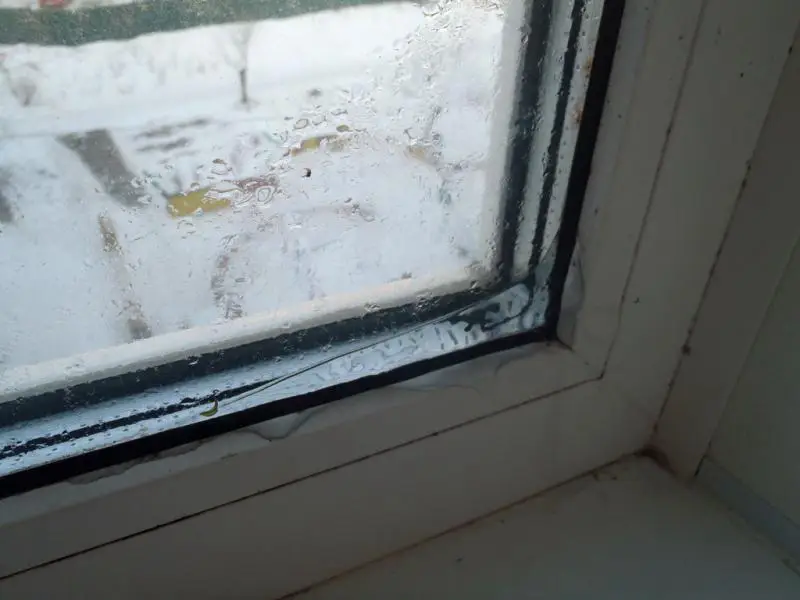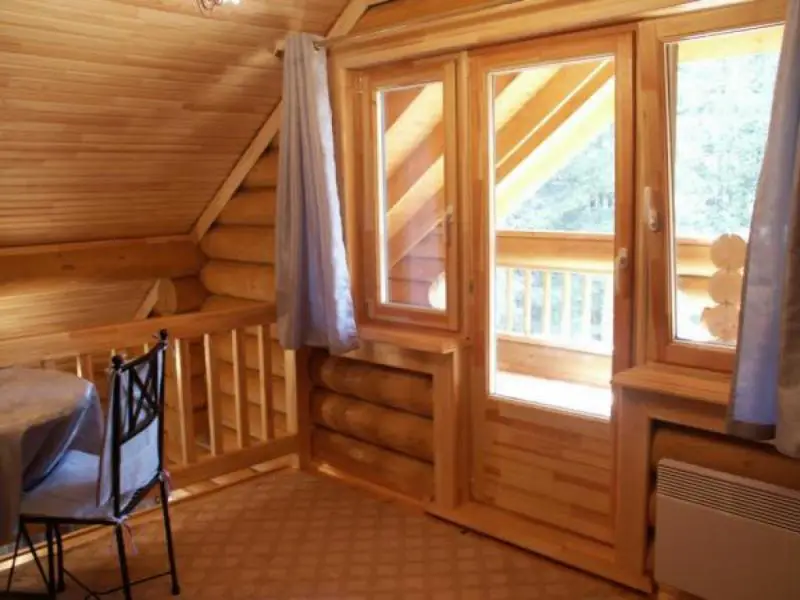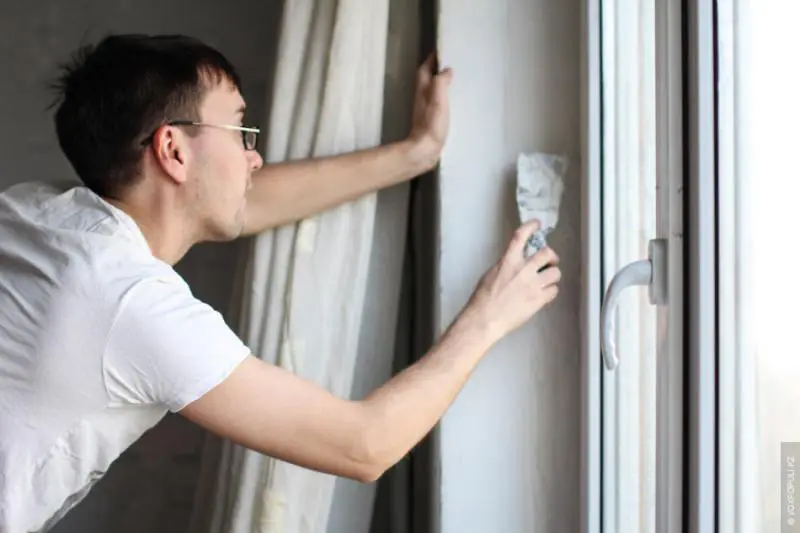There can be your advertisement
300x150
Stavni: History, Use, Facts, and 30 Amazing Photos

Protection from Heat and Cold In the past, in northern Europe and on the Russian steppes, stavni were used to shield against wind, cold, and even thieves. In warmer countries like Spain, France, Italy, or Morocco, they were used to hide from scorching sunlight and keep homes cooler.
Gradually, stavni began to be installed not only on the outside but also inside buildings. In many homes, they became an additional decorative element. In some styles, they form part of the composition, such as in country-style interiors. They are often associated with rural aesthetics.


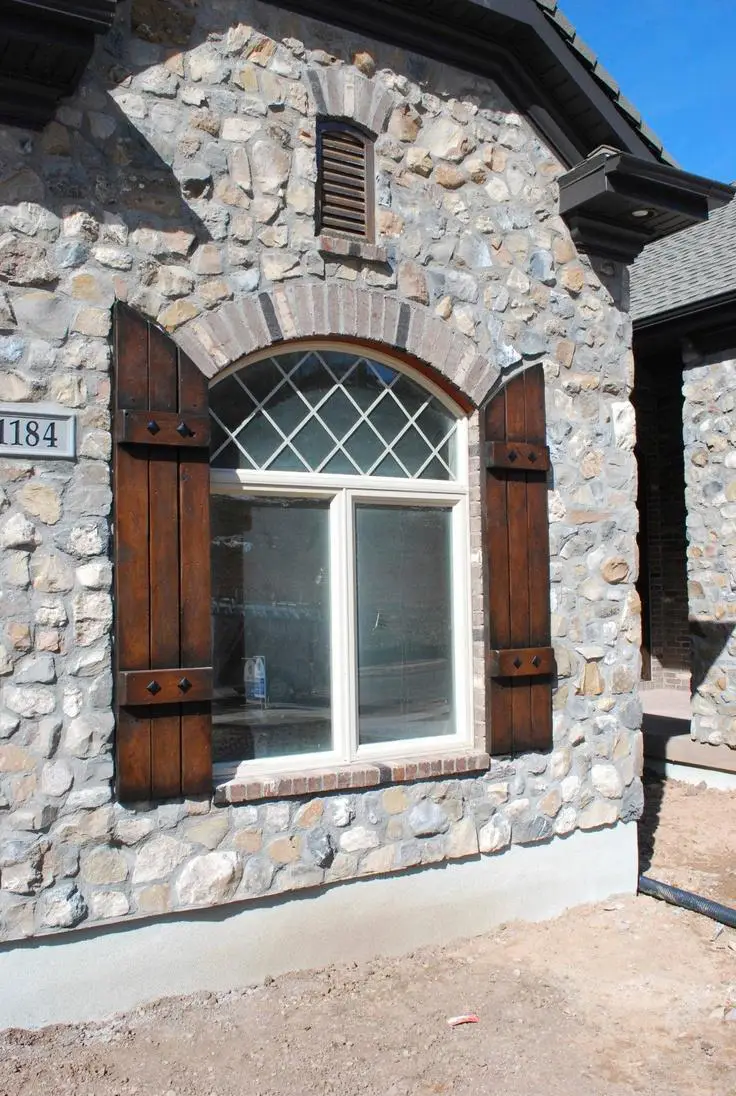
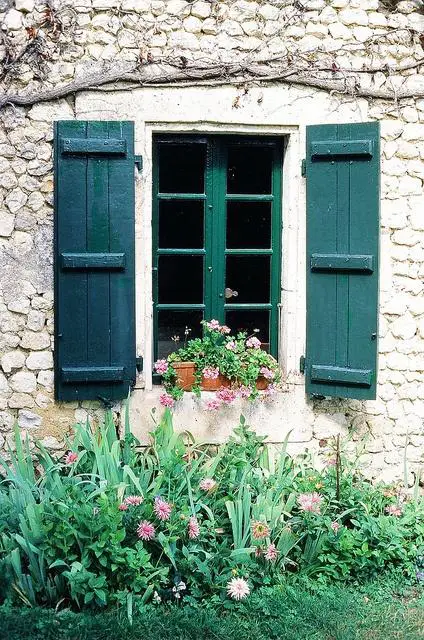


What were stavni made of? Different regions developed their own traditions in crafting them. In Russian culture, they were made from wood to match log cabins. They were solid, often intricately carved, and highly decorative—featuring colorful patterns or painted in bright hues (green, yellow, blue).
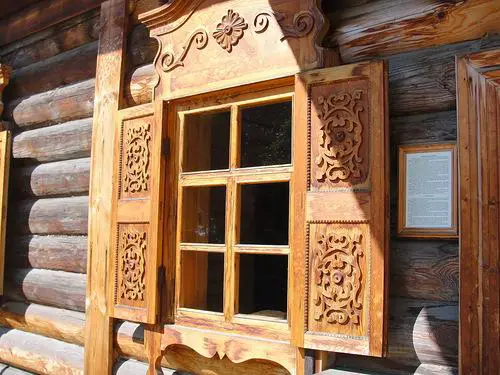
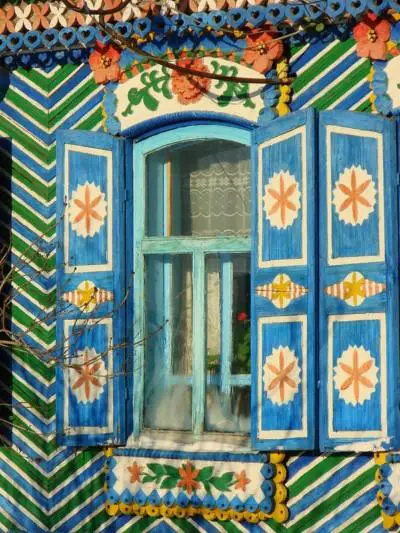

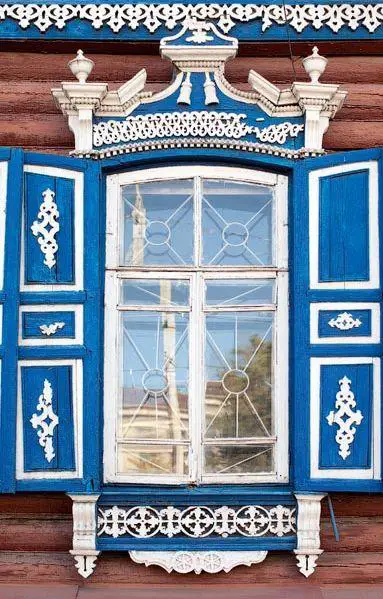
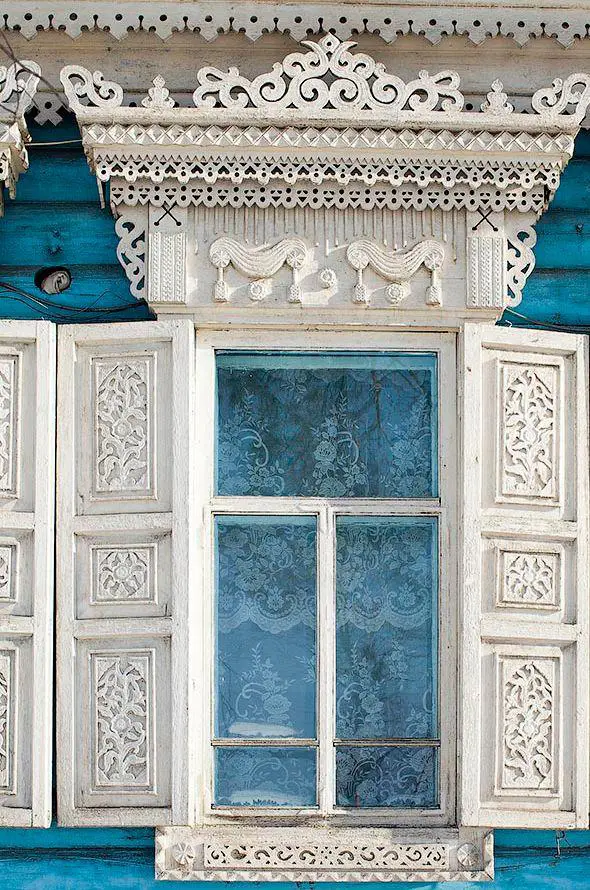
In Europe, they were crafted like modern blinds—louvered. Materials included metal or wood. Louvered stavni allowed adequate daylight penetration and diffusion, while hot air currents barely entered indoor spaces.
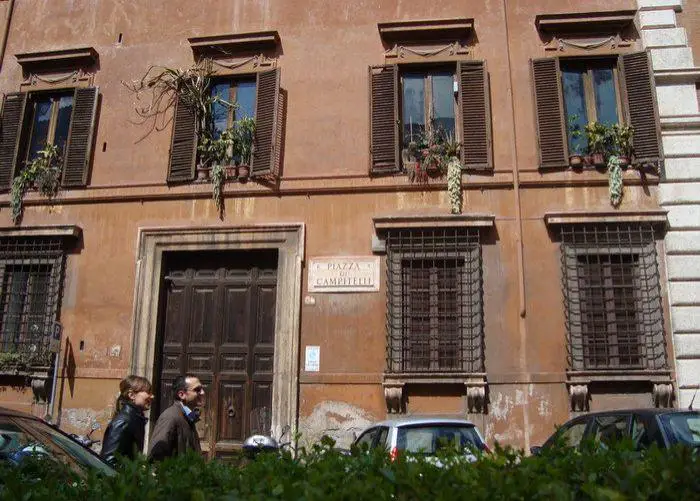
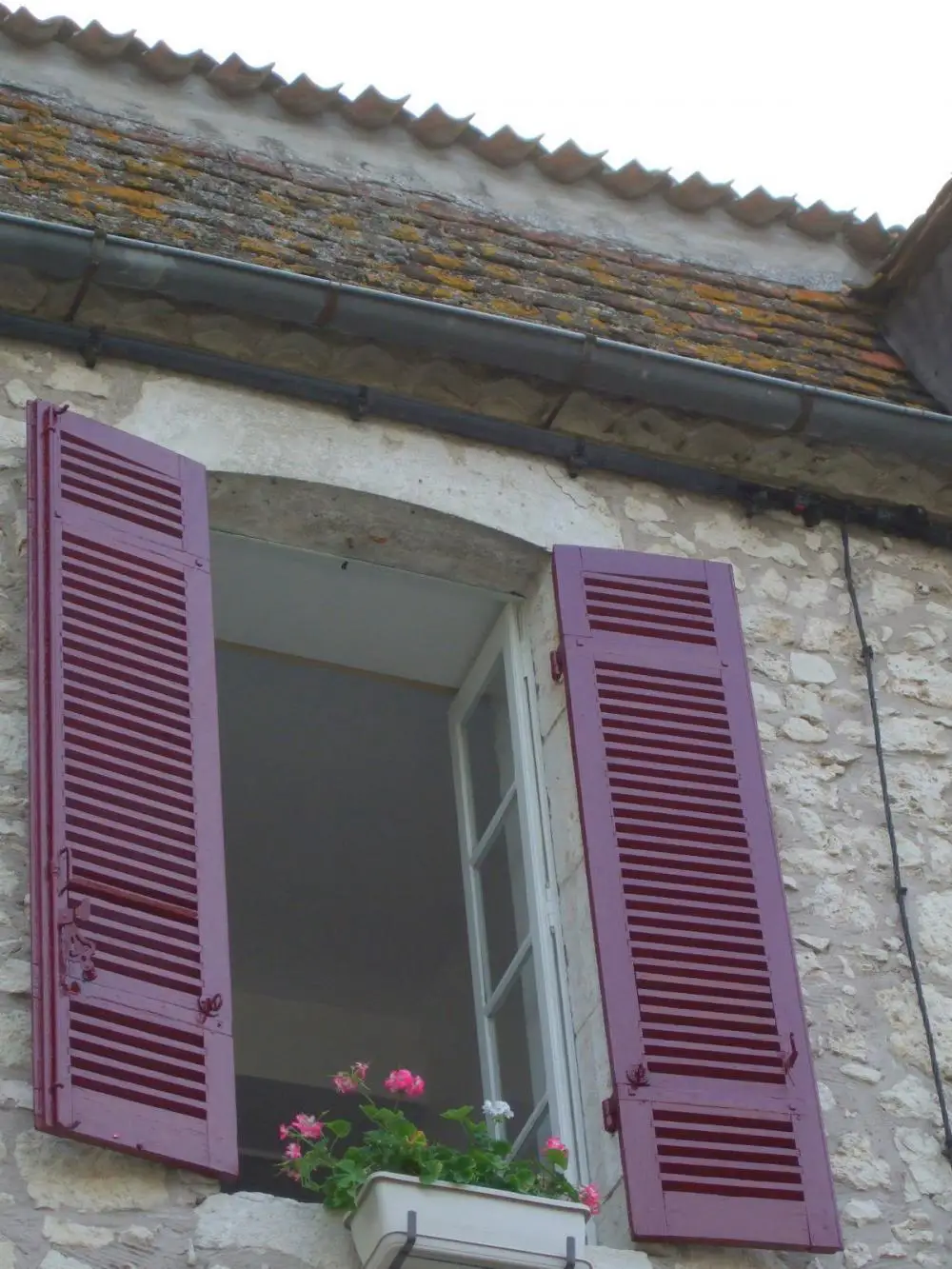
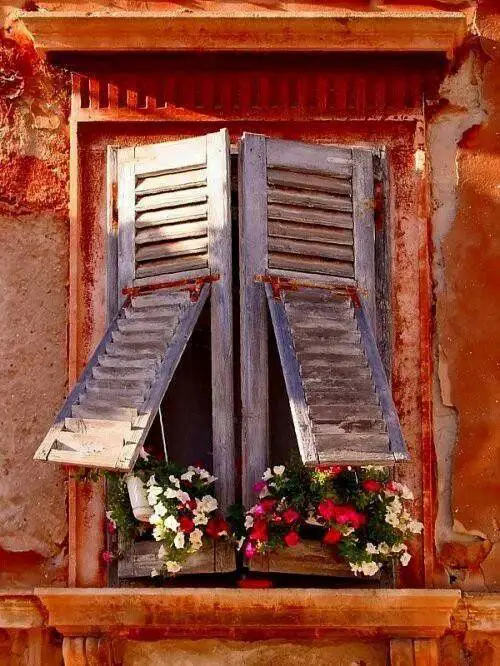
Sacred Significance In Europe, stavni served mainly functional roles. But in Slavic culture, their meaning was deeper.
Naturally, they were used to protect against unwanted visitors. Sometimes they were even nailed shut when homes were left unattended for long periods.
Besides, as elders from Russian villages recall, wooden shutters were closed at night 'to keep prying eyes out.' At that time, curtains or blinds didn’t exist. It was considered bad luck if a family remained visible in the evening and could be watched.
Moreover, people on the Russian steppes believed stavni protected against evil spirits. In general, windows were seen as a spiritual bridge between people and God, as well as the world of the dead. They held deep sacred significance.
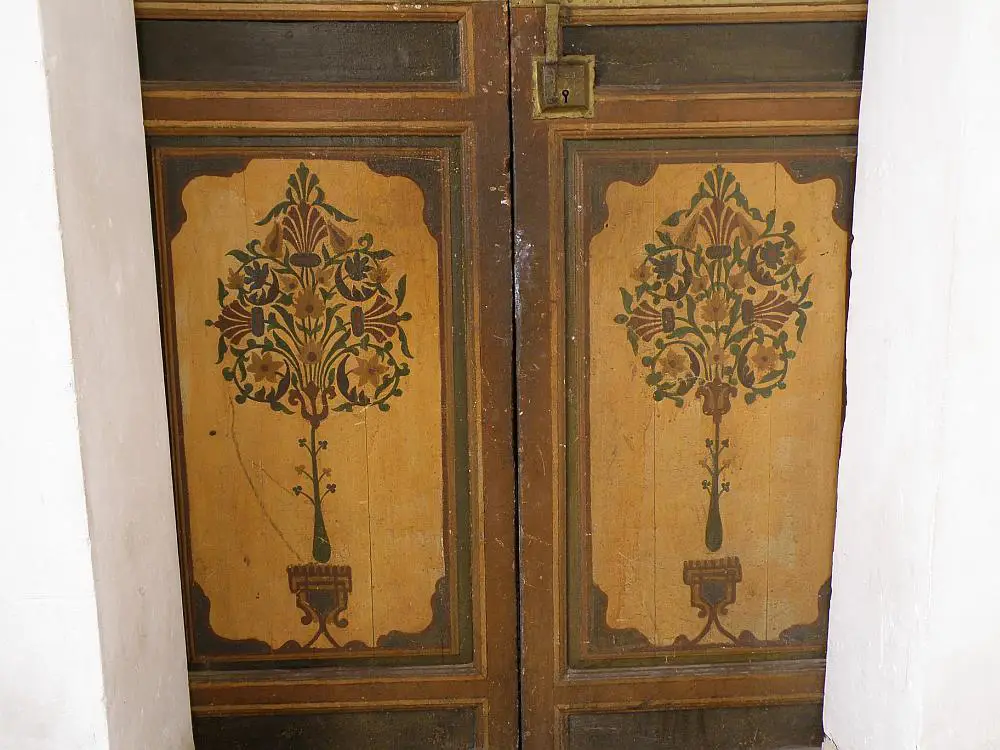
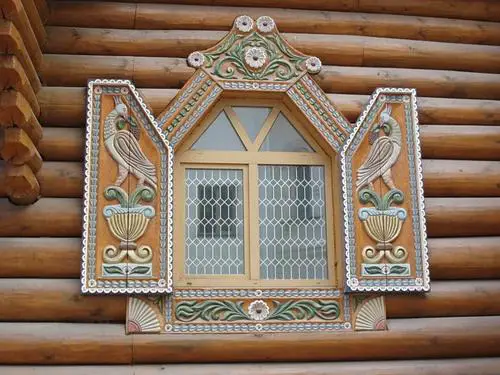

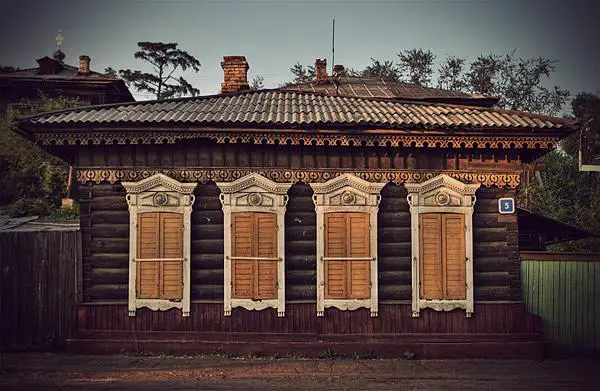


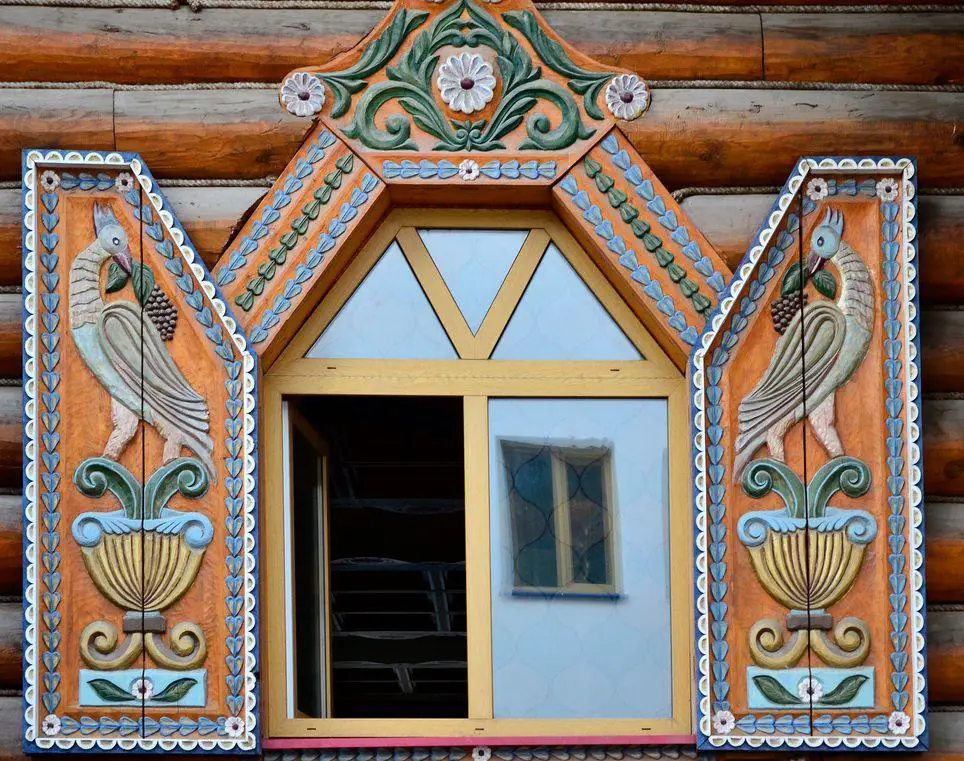
Stavni Today Today, traditional stavni are not widely used as they once were. They’ve been replaced by more practical and convenient options like roller shutters, blinds, and Roman shades. Rare examples of folk craftsmanship can still be found in old Russian villages, where intricately carved wooden shutters with vibrant patterns and colors remain. In parts of Old Europe, you still occasionally find louvered window shutters worn smooth by time.

